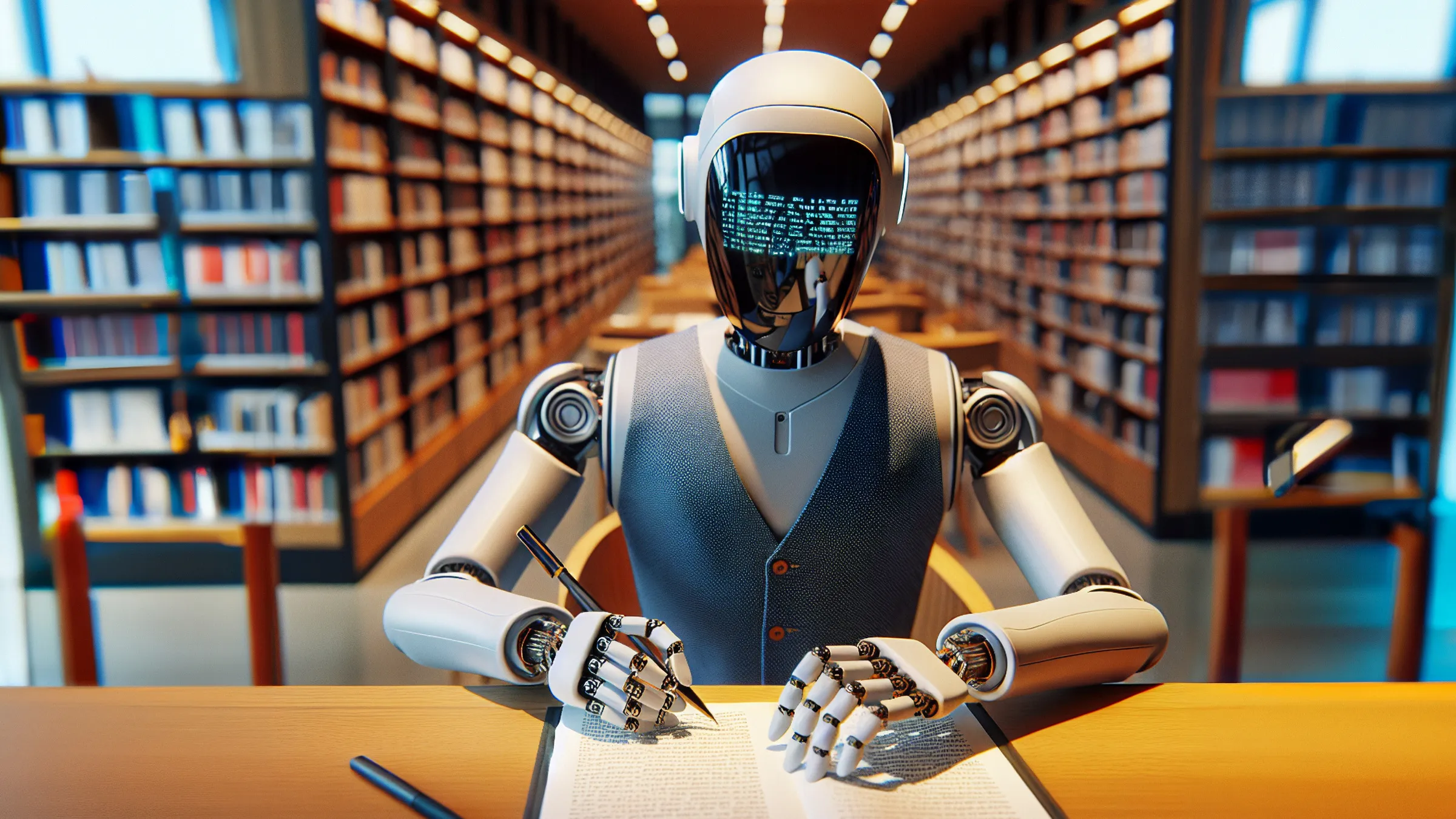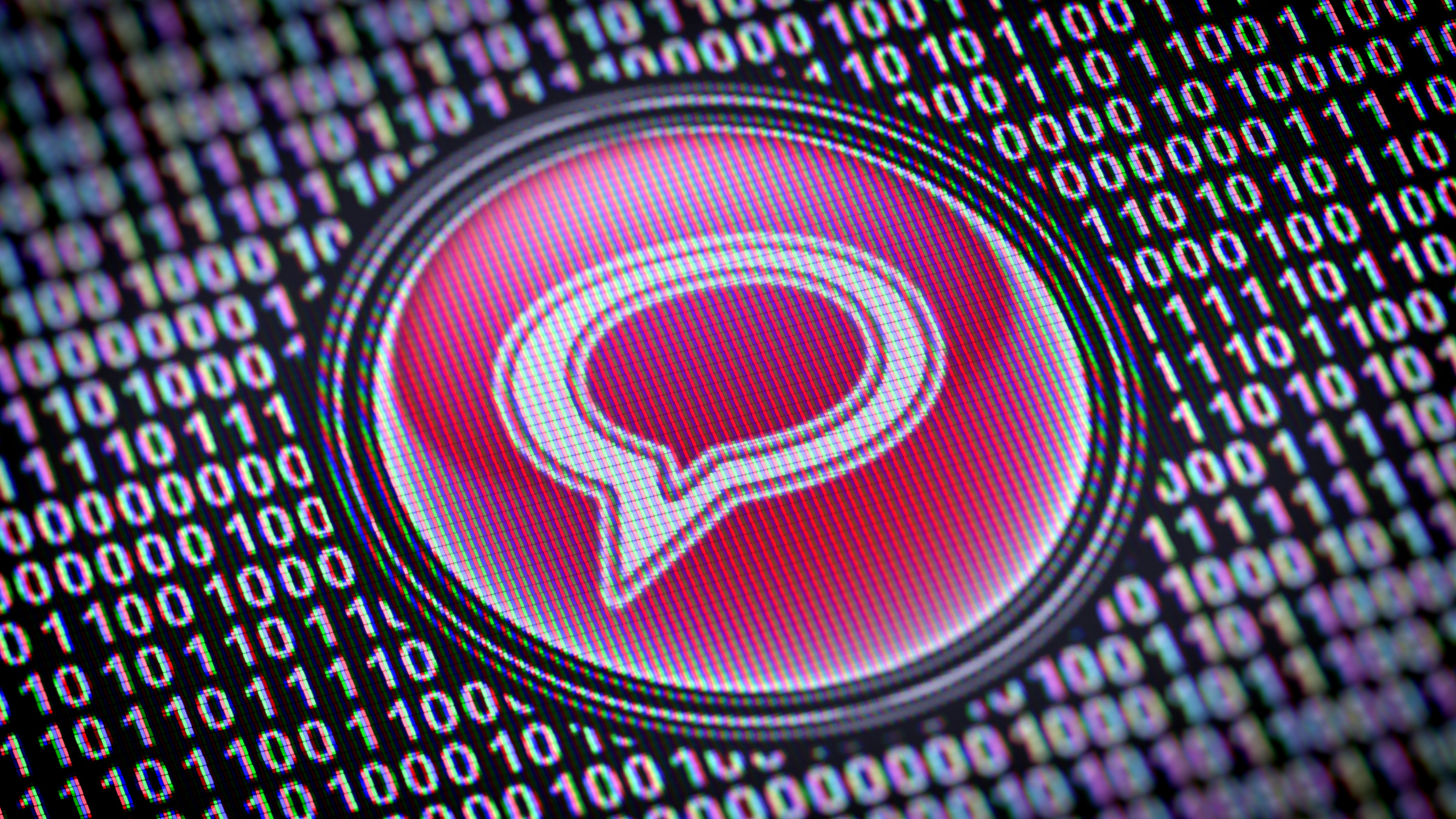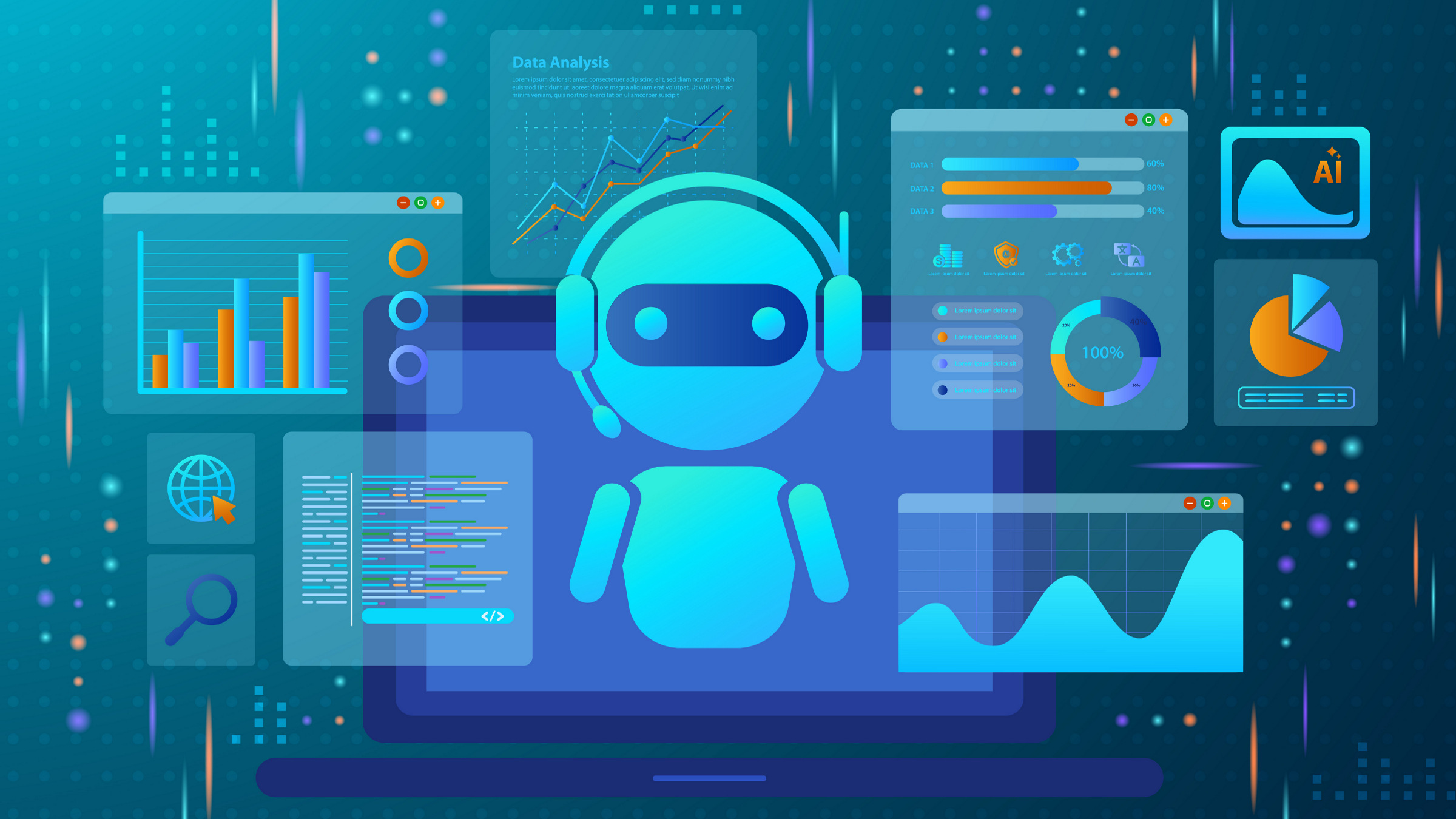Are outputs of generative artificial intelligence (GenAI) technologies, such as texts, images, and music, eligible for copyright protection? This question has puzzled copyright experts around the world since the mid-1960s.
Until ChatGPT was released to the public in November 2022, that question addressed only a “toy problem.” That is, it was an intellectually interesting topic for discussion, but lacked commercial or societal significance. (See my July 2020 Communications Legally Speaking column on AI authorship) Well, that was then, and this is now.
This column reviews the evolving policy views of the U.S. Copyright Office that address the copyrightability of outputs question. It mainly focuses the Office’s January 2025 report Copyright and Artificial Intelligence, Part 2: Copyrightability.a
U.S. Copyright Office’s Initial Policy on GenAI Outputs
The U.S. Copyright Office was forced to address the copyrightability of GenAI outputs question because some GenAI users have sought to register their claims of copyright in such outputs.
Stephen Thaler, for example, filed an application to register his claim of copyright in an image he entitled A Recent Entrance to Paradise. The application mentioned that he authored the image by entering a prompt into his Creativity Machine, a GenAI program he developed. The Office denied his application because the image lacked human authorship. Thaler has challenged the Office’s denial in federal court, so far without success.
Kris Kashtanova was initially successful in registering copyright in their book Zarya of the Dawn. However, the Office later canceled this registration after one of the Office’s staffers saw a social media post in which Kashtanova touted their success in getting copyright in images they created for the book with Midjourney. The Office issued a new certificate to Kashtanova stating that copyright in the book extended to Kashtanova’s selection and arrangement of the Midjourney images, but not to the images. This copyright also protected expressive elements of the story Kashtanova told in the book.
After dealing with these and similar applications, the Office issued a statement to explain its policy against registration of GenAI outputs and why it believed human authorship was necessary for works to be copyright-protectable. The policy statement also announced that if works included GenAI outputs, applicants for registration must identify the outputs and disclaim authorship in them. The Office’s policy statement did not quell public debate on this issue, so the Office decided to do a bigger study about it.
To prepare for this study, the Office published a Notice of Inquiry (NOI) in late August 2023, which identified more than thirty questions on which it requested public comments. One of these questions concerned the copyrightability of GenAI outputs. The Office received more than 10,000 comments in response to the NOI, approximately half of which addressed the copyrightability issue.
The Report’s Main Conclusions
In late January 2025, the Office published a 50+ page report on the copyrightability issue. Its main conclusions were: the use of AI tools to assist human creations of new works of authorship does not affect copyright in those works; copyright is available for original expression of human authors, even if the work includes some AI outputs; copyright is not available for purely AI-generated material; although purely AI-generated material is not copyrightable for lack of human authorship, a creative selection and arrangement of the outputs or creative modifications of them by human authors may be; and the Office will make registration decisions on a case-by-case, work-by-work basis.
Much of the Office’s January 2025 report addresses arguments that proponents of GenAI output copyrights have made in support of their claims. It cited to and sometimes quoted from submissions and treated all points of view with respect.
Questions About the Human Authorship Requirement
In support of his claim that A Recent Entrance to Paradise is copyrightable, Stephen Thaler pointed out that the Copyright Act of 1976 does not actually say that human authorship is required for works to be copyrightable. Others agree that if the statute does not require human creation, then artificial creations should be recognized too. After all, many users of GenAI systems believe that these tools have helped them become creators.
The Office’s January 2025 report explains that court decisions going back well over 100 years have looked for intellectual contributions of authors when assessing whether particular works were original enough to be copyright-protected. The U.S. Supreme Court in Feist v. Rural Telephone Co. ruled that originality is a constitutional requirement for works to be eligible for copyright. This means that works must have been independently created by the persons claiming to be their authors and the works must embody some creative expression. White pages listings in Rural’s telephone directory do not satisfy this standard. Nor, says the report, does GenAI outputs, based on the present state of the technology.
The Office has also previously denied claims of copyright in non-human-authored works, such as the famous Naruto selfie that a crested macaque took with a wildlife photographer’s camera. In a lawsuit concerning the Naruto photographs, a federal court ruled that this animal could not own copyright in the photos it took of itself.
What About Adoption Theory?
The Office’s January 2025 report acknowledged that some pro-GenAI output copyright commentators urged the Office to accept a theory of “authorship by adoption” of GenAI outputs. The theory posits that a user may exercise creative judgment when deciding which outputs produced by a GenAI system to adopt as the user’s own creation.
The January 2025 report acknowledged that the adoption theory is arguably supported by the Alfred Bell v. Catalda decision from mid-20th century. That decision ruled that a mezzotint of a famous painting was original enough to be copyrightable. It also speculated that an artist’s “bad eyesight or defective musculature, or a shock caused by a clap of thunder, might yield sufficiently distinguishable variations” from an earlier work to satisfy copyright’s originality standard. And even if the artist “hit upon such a variation unintentionally, … the ‘author’ may adopt it as his and copyright it.”
However, this statement of Alfred Bell is inconsistent with the Supreme Court’s Feist decision which requires human creativity. The adoption theory for GenAI outputs would also run afoul of a longstanding copyright rule that merely discovering a pleasing-to-the-eye object (say, a beautiful rock) cannot be a basis for claiming copyright in its shape.
What About Creative Prompting?
Numerous advocates for GenAI output copyrights argue that user prompts supply the necessary originality to support copyright in outputs generated in response to them. The Office’s January 2025 report observed that some prompts are very simple and some highly detailed, and some users enter repeated prompts to influence outputs so they will approximate the users’ conception of desired outputs. It recognized that prompt engineering is an intellectual activity of humans that influences outputs.
The Office’s January 2025 report accepted that sufficiently detailed prompts or series of prompts authored by particular GenAI users might themselves be eligible for copyright, but those prompts alone do not support copyright in outputs produced by GenAI systems. This is because of “uncertainty around how a particular prompt or other input will influence the output” which may be “inherent in complex AI systems built on models with billions of parameters.”
For one thing, inputting the same prompt into the same GenAI system at different times may be produce different outputs. “The gaps between prompts and resulting outputs demonstrate that the user lacks control over the conversion of ideas into fixed expression,” the report said.
The January 2025 report cited some court decisions in which litigants had unsuccessfully argued that they co-authored works based on the detailed instructions they gave to their alleged co-author. These precedents support the Office’s view that prompts alone do not confer copyright in GenAI outputs.
What About Expressive Inputs?
Kris Kashtanova made a second attempt to register a claim of copyright in an image produced by Midjourney. That image was based on a black and white sketch that Kashtanova drew of part of a woman’s face with a few roses coming out of the woman’s head. Kashtanova used the drawing as an input to Midjourney, which then reproduced the image to which it added some realistic-looking facial features and red roses.
The January 2025 report acknowledged that Kashtanova’s drawing was copyrightable as a human-authored work. However, it opined that the features and colors that Midjourney added to the drawing were not copyrightable because they were machine-generated. Kashtanova’s copyright protects only expressive elements of the drawing that remain apparent in the Midjourney image.
Other Pro-GenAI Copyright Arguments
Some commentators have argued that copyright protection for GenAI outputs is needed to provide adequate incentives for people to make GenAI outputs available to the public. Without exclusive rights in outputs that proponents feel they have created, GenAI users will not make these outputs available to the public. They claim that this will not promote progress of knowledge, as copyright law is intended to do. Proponents thought copyright law should continue to evolve in response to advances in technology.
Another set of commentators highlighted ways in which GenAI systems can help disabled persons to become creative. The January 2025 report agreed that GenAI may be a useful assistive technology for such persons. But the Office was not convinced that this should affect copyright’s originality standard.
Still other commentators urged the Office to support GenAI output copyrights because other countries might give GenAI output users exclusive rights in outputs. They argued that this would put the U.S. at a disadvantage in the international arena. The report did not find this argument persuasive.
One chapter of the January 2025 report reviewed how the copyrightability question has been and is being addressed in other countries. It indicated that while many countries have yet to decide how to answer that question, a consensus is emerging that copyright laws should include human creation requirements.
Some Observations
One problem the Office faces with enforcing the human authorship requirement is that copyright registration officials can generally not discern whether a particular image, text, or other work for which someone attempts to register a copyright claim was created by a human author or is the product of a GenAI system. It is unclear if the Office will sanction persons who claim GenAI outputs as their own creations.
Thaler, for example, could have easily gotten a registration certificate if he had not revealed that A Recent Entrance to Paradise was generated by his Creativity Machine. Thaler did not want to register his claim of copyright because the image was commercially valuable, but rather to establish that AI-generated content is copyrightable.
While neither Thaler nor Kashtanova is likely to become rich from their outputs, other GenAI outputs are becoming commercially significant. Software development, for example, has become much more efficient because programmers can rely on the GenAI Copilot tool as they develop code. Some computer-generated music is available on music platforms. Amazon.com is selling computer-generated novels. And people who once might have hired graphic artists can now use GenAI to produce a logo or image to accompany a blog or advertise their services.
The Authors Guild urged the Office to deny GenAI output copyright claims arguing that these outputs unfairly compete against the works of human authors. The Guild believes that GenAI systems can produce high quality outputs only because their models were trained on authorial expressions without those authors’ permissions and without compensating or giving authors credit for their uses of the works. It worries that GenAI outputs will displace jobs for human authors. The report recognizes these concerns, but observes that the impacts of GenAI on authorial employment opportunities are uncertain.
The Office’s January 2025 copyrightability report is definitely worth a read. Coming soon will be Part 3 of the Office’s GenAI reports, which will analyze the legality (or not) of uses of in-copyright works as training data for GenAI models.




Join the Discussion (0)
Become a Member or Sign In to Post a Comment